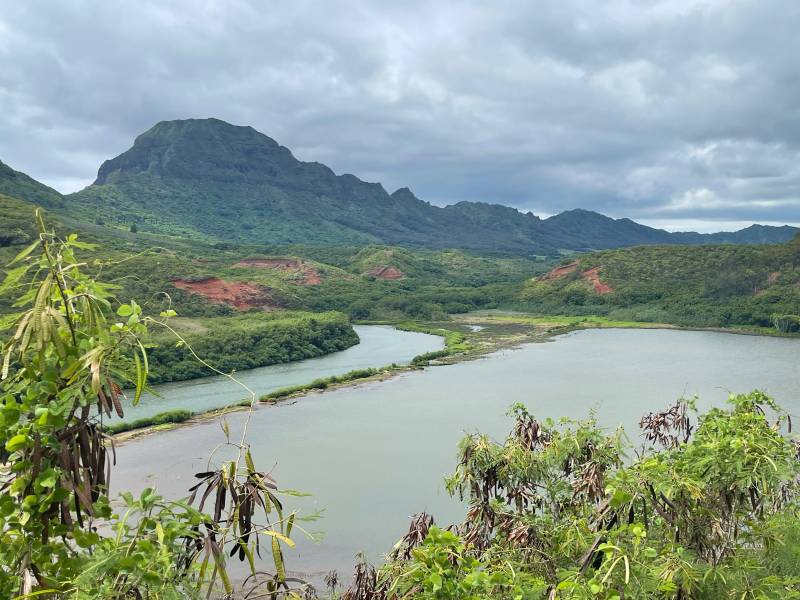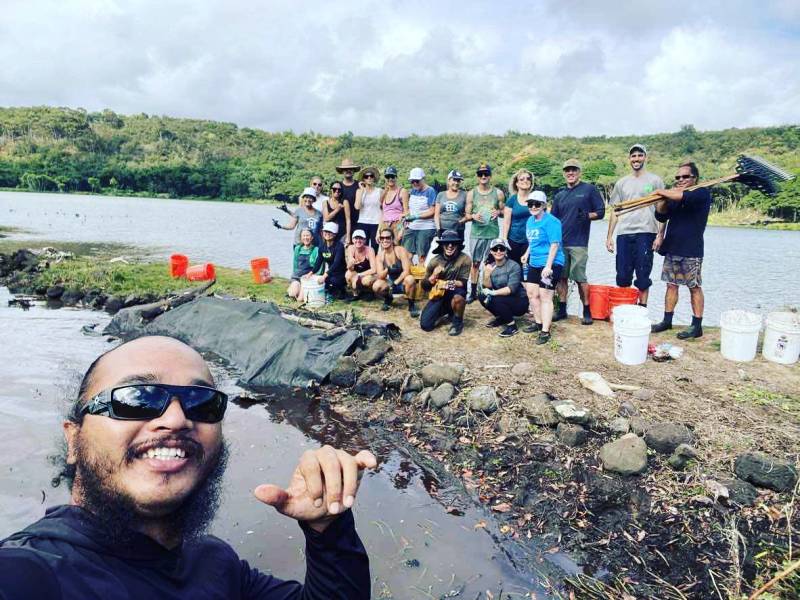Hawaiʻi Life announced its Conservation and Legacy Lands initiative in April 2018, four and a half years ago. Since then, through advising and assisting with conservation transactions we have built and strengthened relationships with the community of people and organizations protecting, (re)creating, and stewarding what I refer to simply as Hawaiian Places.
Conservation & Legacy Lands – Hawaii Real Estate Market & Trends | Hawaii Life
The video we released in December 2018 explains the basic thinking behind our Conservation and Legacy Lands initiative.
Conservation and Legacy Lands Initiative – Four+ Years Later
The goal of the Conservation and Legacy Lands initiative is to support Hawaiian Places and those creating and sustaining them. When we talk about conserving land as a Hawaiian Place, we mean conservation that not only restores and stewards the ecology, but also preserves the stories of place and related practices that make Hawaiʻi distinctive. Giving new life to Hawaiian Places serves to heal people and place, and creates thriving communities where newcomers can connect and contribute. – From our webpage.
Hawaiian Places are found on every island, often under the radar for the majority of visitors and residents. And while it is cool for Hawaii Life to have a specialty practice area furthering the technical aspects of conservation purchases and easements, over the past four years it has become clear to me that in every transaction we do as real estate professionals, we have an opportunity to embrace sense of place and educate our clients and customers.

Hawaii Life In Real Life conference planning team began in October establishing the relationship and intention for our December visit.
The place to start sharing this view is obviously with our Hawaii Life agents, employees and team members. So I took advantage of our Hawaii Life In Real Life gathering on Kauai last week to offer attendees an excursion to Alakoko Fishpond to learn and volunteer, and in the process gain a better understanding of both HOW conservation transactions work — and WHY they are important.
Mālama Hulēʻia and Alakoko Fishpond – A Conservation Transaction Takes A Non-Profit to Next Level
It helped to have an example of a recent conservation transaction close to our conference venue. The non-profit stewardship organization Mālama Hulēʻia was created in 2015 to restore a watershed by removing invasive mangrove on leased land surrounding historic Alakoko (often called “Menehune”) Fishpond. In January 2021, the landowner put the 102-acre property on the market, triggering a community-driven response to preserve the 600-year-old fishpond and the effort to restore it.
Trust for Public Lands stepped in to organize a conservation purchase, securing a key donation of $4 million from Facebook founder Mark Zuckerberg and his wife Priscilla Chan, who own property on Kauaiʻs North Shore.

As seen from the lookout: Alakoko Fishpond and the Huleʻia River — a native wetland ecosystem with profound impact on shoreline fisheries
Hawaiʻi Life ʻOhana at Alakoko – A Transformative Experience
Although these transactions are often complex and lengthy, the most important thing I have learned over the past four years is that the real work will happen for a long time after closing – because these are preserved in perpetuity. I can only see “in perpetuity” being possible if stewardship is being done in a way that lineal descendants of place and/or practice are in charge. In other words, a sense of kuleana or responsibility for the place is continually being passed to the next generation.
There is no way to understand the magic of this better than to be invited to experience a Hawaiian Place in a traditional way, to approach it with a mind open to learn and hands willing to work.

Photo Credit: Field Operations & Cultural Resources Manager Peleke Flores takes a selfie using (our friend at Barrett Financial Group LLC) Meena Naʻs camera
Our Hawaiʻi Life experience with Malama Huleʻia at Alakoko Fishpond began with traditional protocol, followed by a cogent education on the genius technology of this type of fishpond. Then we literally waded in to clear a section of mangrove seeds and seedlings. We shared tears and laughter and lot of good, hard, healing-for-the-soul physical work.
Not an Experience to Collect: A Beginning of a Relationship
While recreational activities can give us an experience of place, the purpose of our visit to Alakoko was not to collect an experience. We went with an explicit intention to enter into relationships of mutuality with the place and its stewards. My hope is that those who attended who call Kauaʻi home will continue to volunteer and bring their families, colleagues and clients to learn and volunteer with Mālama Hulēʻia.
Those of us who came from other islands learned that there are traditional Hawaiian fishponds being restored in our own “backyards.” If you are interested in connecting with one of them, or with organizations restoring agricultural systems from loʻi kalo (taro patches) to forests, watersheds and entire field systems, I am happy to make those introductions.
And please consider a donation to support the ongoing work by Mālama Hulēʻia at Alakoko Fishpond. You can make a donation by clicking this link.

Cherie Tsukamoto
December 7, 2022
Thank you, Beth. You are such a valuable resource and inspiration to us all!